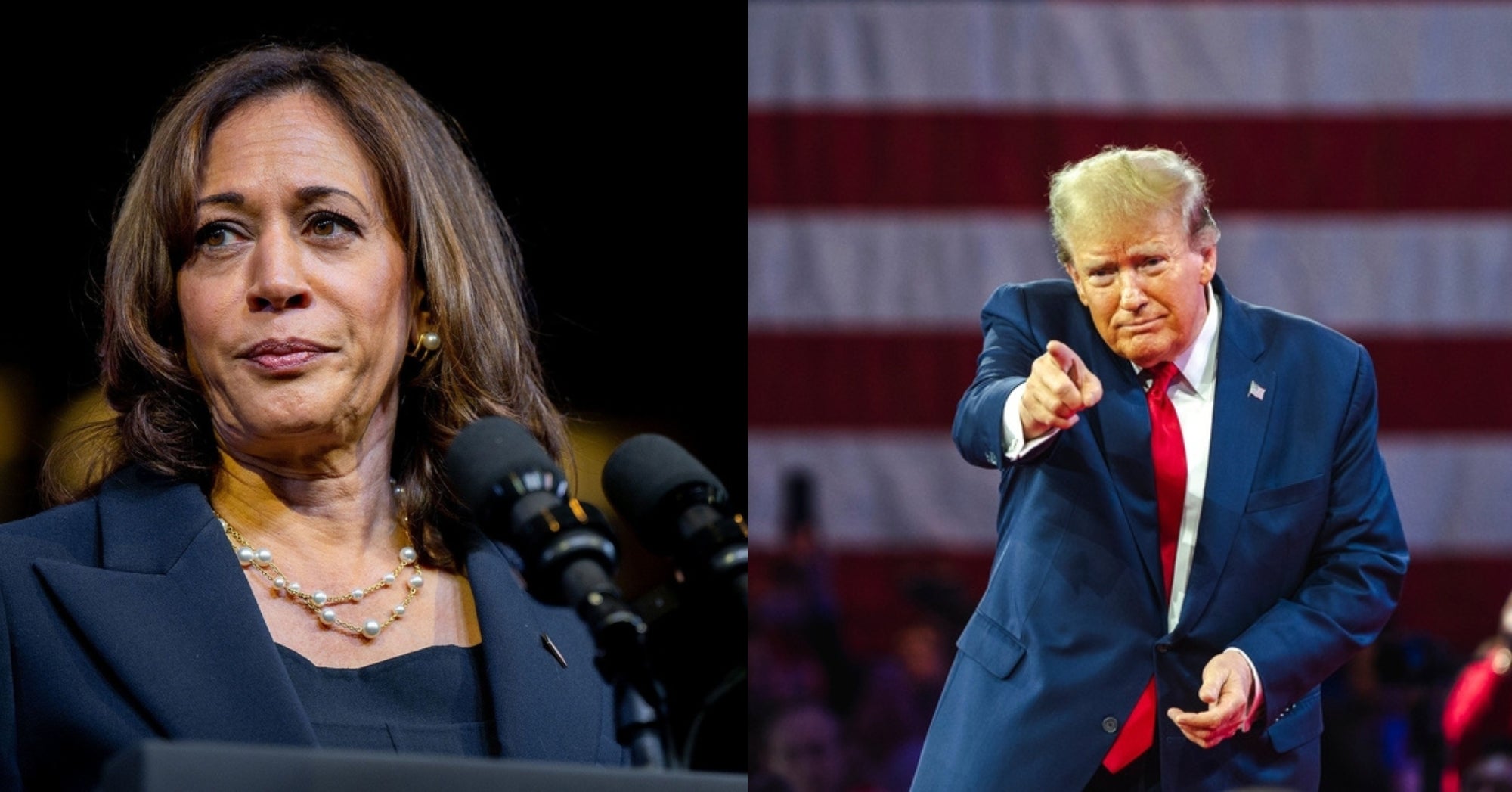As the 2024 election nears, agriculture has become a key talking point for both Vice President Kamala Harris and former President Donald Trump. In a recent questionnaire from the American Farm Bureau Federation, the two candidates outlined their policies on trade, labor, and farm policy programs — offering starkly different visions for rural America and U.S. agriculture.
Trump, known for his aggressive trade policies, stated he would use “every tool at my disposal,” including tariffs, to protect American farmers and expand exports.
“When China targeted our farmers, I sent $28 billion [in] relief payments to protect our farmers from Chinese abuses,” Trump recalled, referring to his administration’s response to the U.S.-China trade war. He also proposed tariffs of up to 60 percent on Chinese imports to defend U.S. agriculture against what he termed “unfair trade practices.”
Harris, on the other hand, emphasized strengthening relationships abroad and addressing unfair competition through a more diplomatic approach in a letter submitted to AFBF from her candidacy.
“As president, she will not tolerate unfair trade practices from China or any competitor that undermines American farmers and ranchers,” her letter said. Unlike Trump’s reliance on tariffs, Harris says she want to boost agricultural exports by fostering fair competition and expanding markets.
» Related: Here’s how the policies of Trump and Harris could affect farmers
Both candidates also differ significantly on immigration and labor. Harris supports reforms to immigration law to help alleviate farm labor shortages, which are a major challenge for U.S. agriculture. Her plan includes an earned pathway to citizenship for farmworkers and a strengthened H-2A visa program. As Harris’s letter highlights, “Farm labor is the biggest limiting factor that American agriculture has,” echoing Zippy Duvall, president of the American Farm Bureau Federation, who called for expanding the H-2A program at the group’s annual convention.
Trump, however, proposed a more restrictive stance on immigration, vowing to prioritize American workers and overhaul the agricultural labor system through stricter enforcement. His focus remains on reducing reliance on foreign labor and rebuilding the U.S. workforce with domestic hands.
On farm policy, Trump is committed to making improvements to crop insurance, reference prices, and dairy margin coverage. He opposed state regulations like California’s Proposition 12, stating that such laws undermine interstate commerce. Trump pledged to use federal authority to block state regulations that hurt farmers in other states.
Harris’s approach is more focused on reforming current systems and addressing what she sees as corporate consolidation in agriculture. She has supported expanding crop insurance and addressing the farm labor crisis. Harris and her running mate Tim Walz also back Biden administration initiatives that have funneled investments into rural infrastructure and energy efficiency, positioning them as part of a broader effort to modernize rural America.

Trade remains a key battleground for both candidates, but their strategies are sharply different. Trump, known for his America-first stance, emphasized his track record of renegotiating trade deals, including replacing NAFTA with the USMCA. “I will fight those barriers with every tool at my disposal,” he vowed, pledging to ensure that other countries understand the consequences of blocking U.S. farm products.
Harris, while also tough on trade, has a more collaborative approach. Her strategy revolves around supporting American farmers by improving access to global markets without relying heavily on tariffs or trade wars. “As vice president, Kamala Harris has stood up to China’s unfair economic practices to protect Americans, including farmers and ranchers,” her campaign said.
Both candidates also offered differing views on tax policy, which is crucial for many farmers. Trump defended the tax cuts enacted during his presidency, including the elimination of the estate tax, which he argued benefited family farms. He promised to make those cuts permanent.
Harris, however, argued for a fairer tax system, ensuring that those earning less than $400,000 would not see tax increases. She criticized Trump’s tax policies for disproportionately benefiting corporations and the wealthy.
In terms of sustainability, Harris was more focused on climate-smart agriculture and reducing greenhouse gas emissions, highlighting the Biden administration’s investment in green energy and farm equipment modernization. Trump, on the other hand, downplayed the climate angle, focusing instead on reducing regulatory burdens and boosting agricultural innovation through science and technology.
Ultimately, American farmers and rural communities face two very different futures depending on which candidate wins. Trump’s vision is rooted in deregulation, aggressive trade policies, and tax cuts. Harris’s strategy emphasizes investment in rural infrastructure, immigration reform, and sustainability. As both candidates vie for the support of farmers and rural voters, the choice comes down to which approach they believe will best ensure the future success of American agriculture.
The AFBF questionnaire is available here.
The four-page Harris campaign letter is available here.


